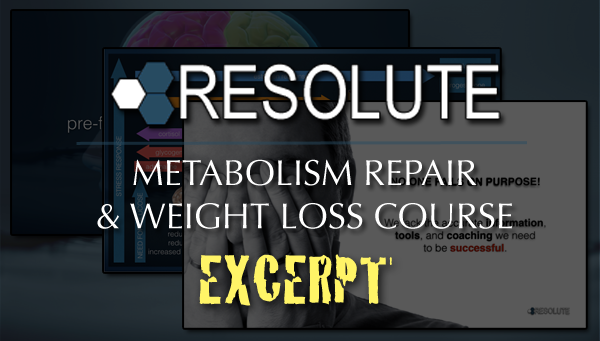What is load? Well, when I ask that, most people say something like ‘how much something weighs’ but the definition we are talking about here is ‘a source of pressure.’
Let me give you an example. We will use a barbell bench press. Probably everyone listening to this has either performed a barbell bench press or has at least seen the mechanics and knows what I am talking about.
When a person performs the bench press the amount of weight on the bar is the load. So far in this example the weight on the bar meets either definition of load, it could be the weight of the plates, or the pressure it provides to the person lifting.
So, one way I could increase the load is to add more weight right? Or, maybe I can change the way the lift is performed. I might slow the tempo of the lift. Now, we have increased the pressure of the load, but the weight is the same.
Now, maybe I wanted to increase the load again. This time the weight stays the same, the tempo remains slow, and now I have the person count the reps backwards, by 3s starting at 21. We have just raised the load again without altering the weight.
This increase in load can have three possible effects on the nervous system. The first is that the stress was insufficient for the body to register any meaningful reaction, we would call this a neutral response.
Second, the stress was too much and the body has a bad reaction such as pain, or decreased performance which we could see here as a decrease in range of motion. . We would call this reaction negative.
Third, the stress was enough to elicit a favorable response from the body such as increased performance which we could see here as an increase in the range of motion. We would call this a positive response.
All stressors can be evaluated like this, but it is sometimes helpful to start with a physical response we can easily see.
Later in the course we will discuss specific examples and ways to assess not just a physical stress load, but also mental, emotional, and spiritual.
Once we have a tool to measure load it is easier to adjust or eliminate it to get a desired outcome.
However, it is important to understand that the greater the load the greater the learning.
To continue with the example of lifting weights. Let’s say on week one I start bench pressing. Then the next week I add five pounds to each side. And the next week five more pounds.
This is incremental stress that the body is able to efficiently manage. The effects of the stress might include some soreness as the muscle repairs but that is about it.
But what if I get rear ended at a traffic light on the way home from the gym. That stress was instantly introduced at a high volume. I might have an acute reaction such as soreness, but lets say that is the extent of my immediate injuries.
Then a few weeks later I reach for my car keys and get a sharp pain in my back. Its not unusual for us to see something like this. Because the hip, arm, head, and eye positions are so similar to their orientation during the car wreck that the body sends a pain signal saying “hey, that load was too great last time, I don’t want to go through that again.”
In this case, even though the stress load was only introduced once, it made such a impression that the effects will take some time to resolve.
Similarly, when we do stressful activities that are emotionally or mentally difficult or are not in line with our values the stress goes up. Informing a co-worker they are being transferred versus informing a coworker they are being fired is physically the same, but one obviously produces a higher stress load.
Understanding load in context will help you understand the minimum dose of stress that gets you too your goals and the over dosing that leads to lower metabolism and higher stress.
This is an excerpt of the RESOLUTE online weight loss and metabolic repair course inspired by the work of Dr. Ray Peat, Dr. Broda Barnes, Dr. Brene Brown, Dr. James Prochaska, Dr. Martha Beck, Dr. Judith Beck, and Dr. Hans Selye.
Taiso Fitness and Nutrition
If you are looking for a shared personal training experience try Taiso Fitness and Nutrition. We are Tacoma’s fitness and nutrition gym for people who want to get out of pain or improve performance, who need immediate, measurable results, and want to make educated decisions to take control of their health.
Shared personal training provides the coaching of a personal trainer with the social support of a bootcamp style class.
Set up a complimentary consultation, or start a 21 Day Risk Free Trial. Stay up to date on the latest information through our website at www.taisofitness.com
Looking for an online course to help lose weight by repairing your metabolism and lowering your stress? Try RESOLUTE The Step-By-Step Program for People Who Want To Repair Their Metabolism.

